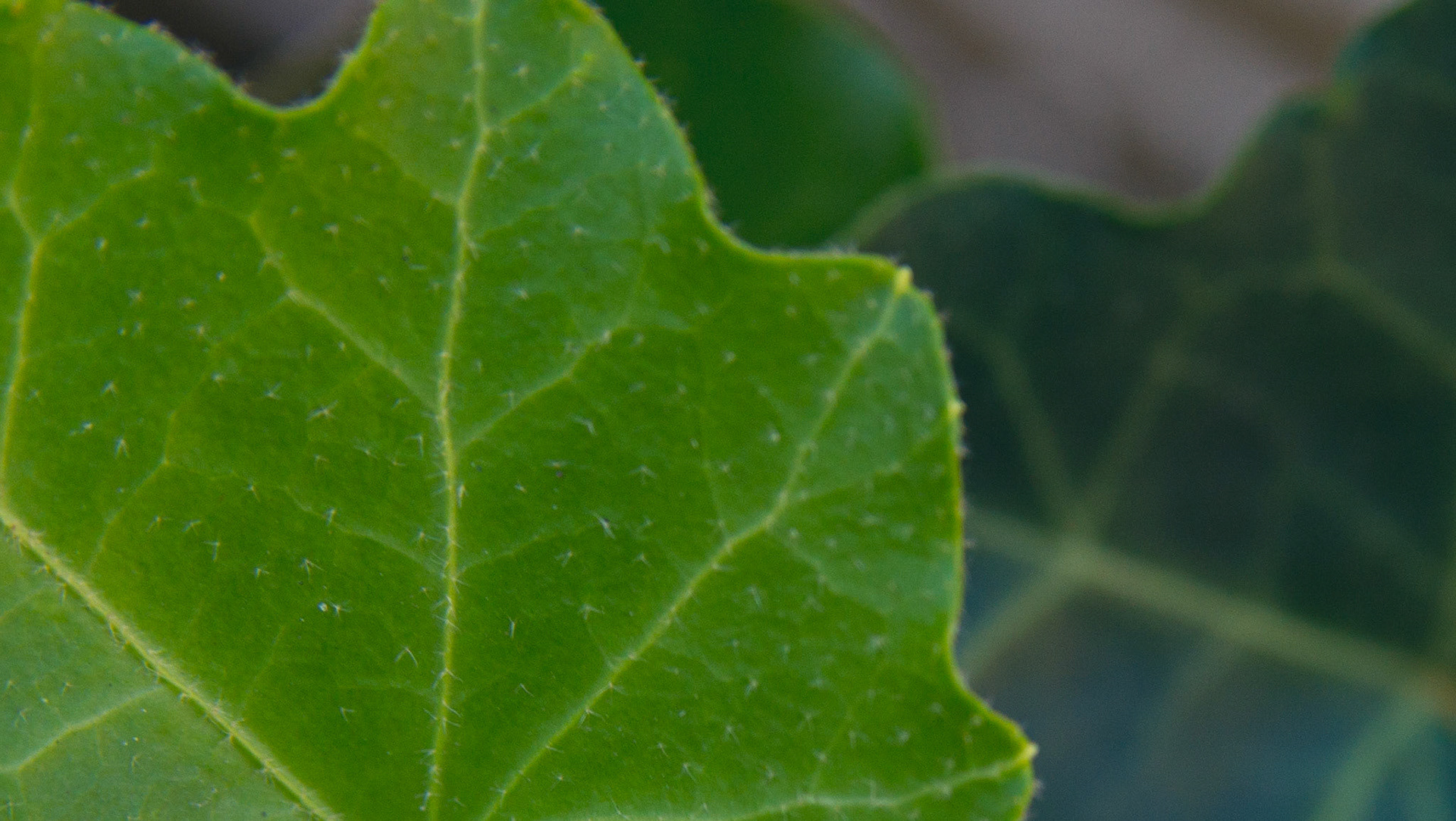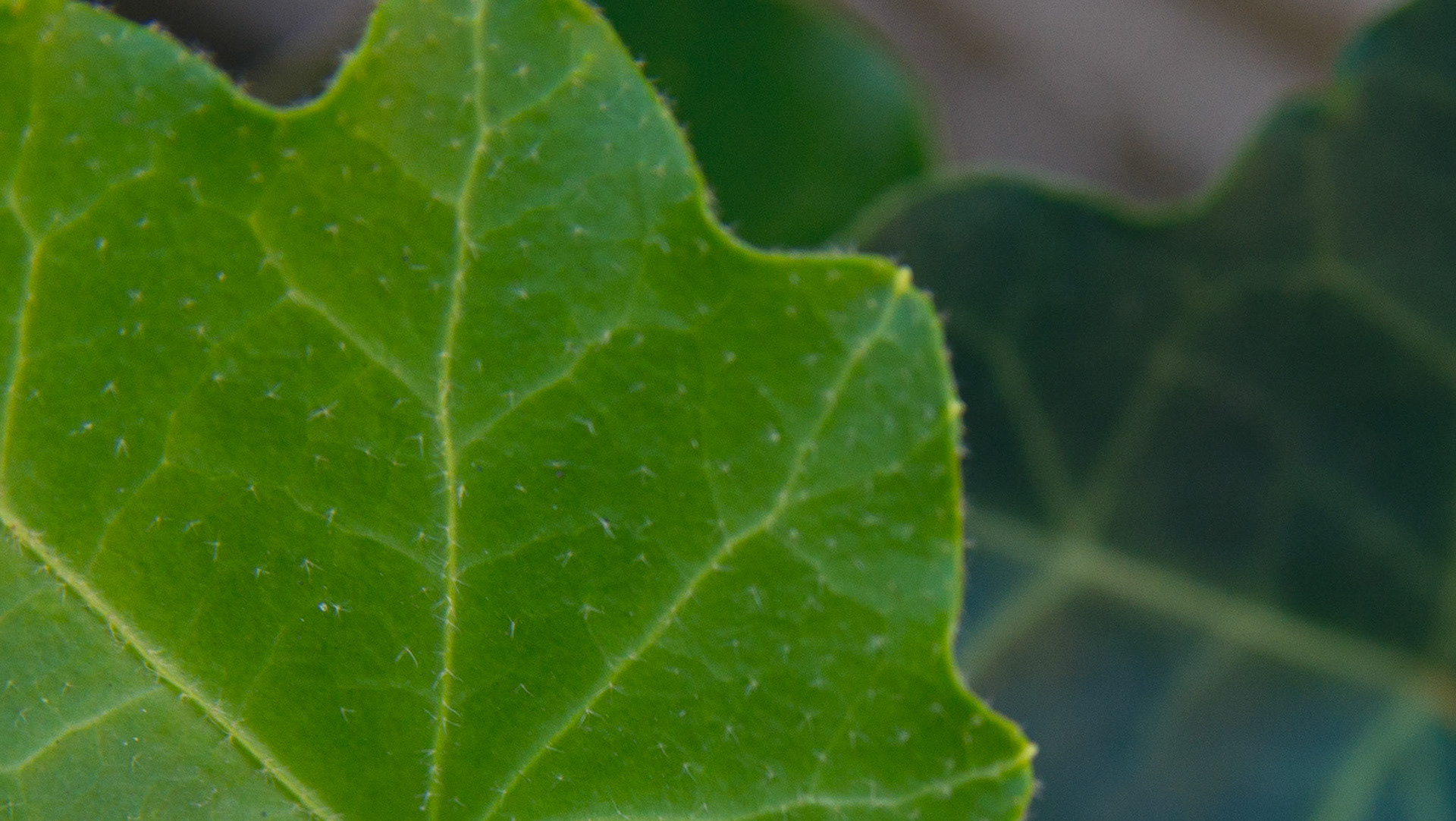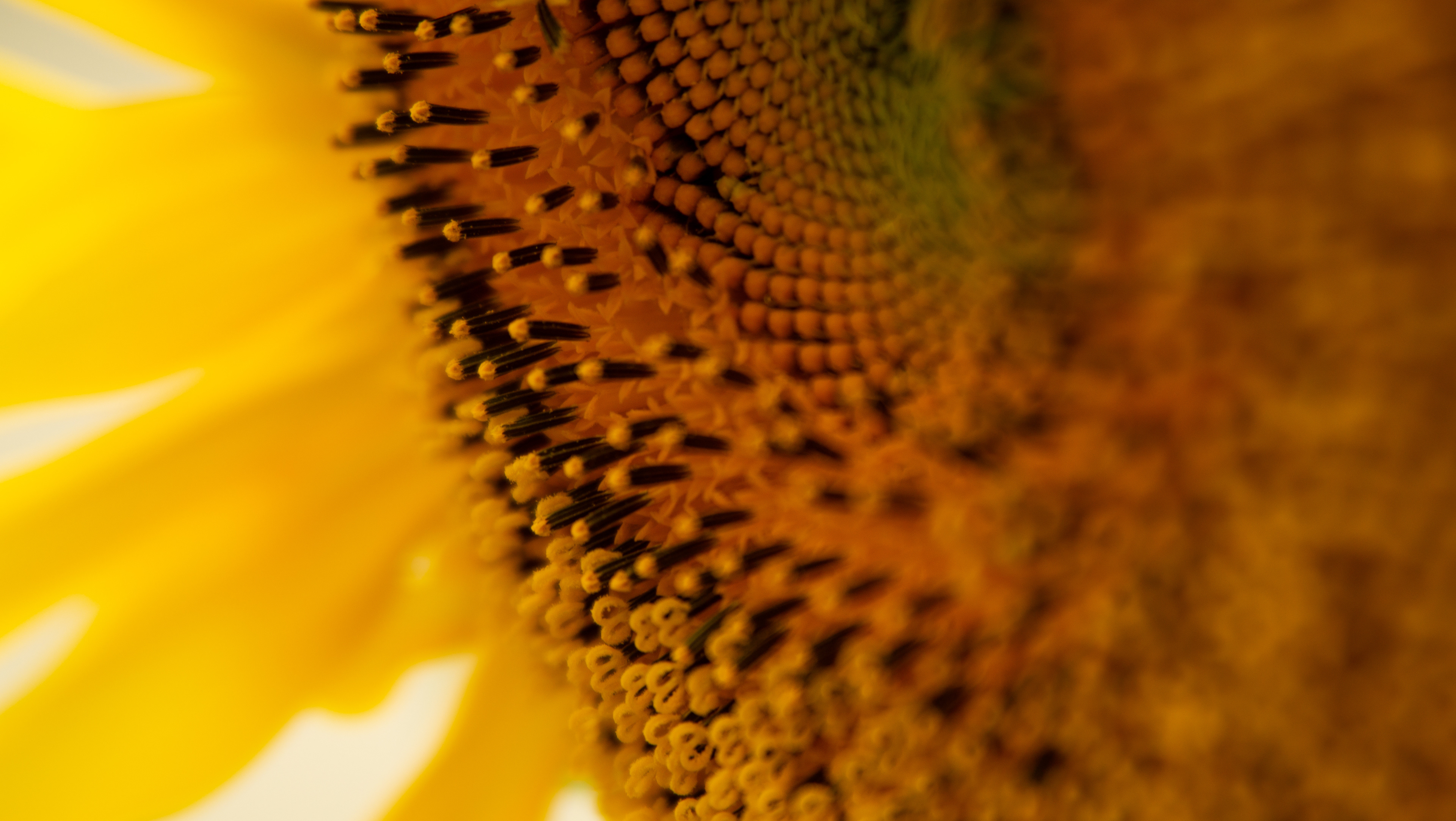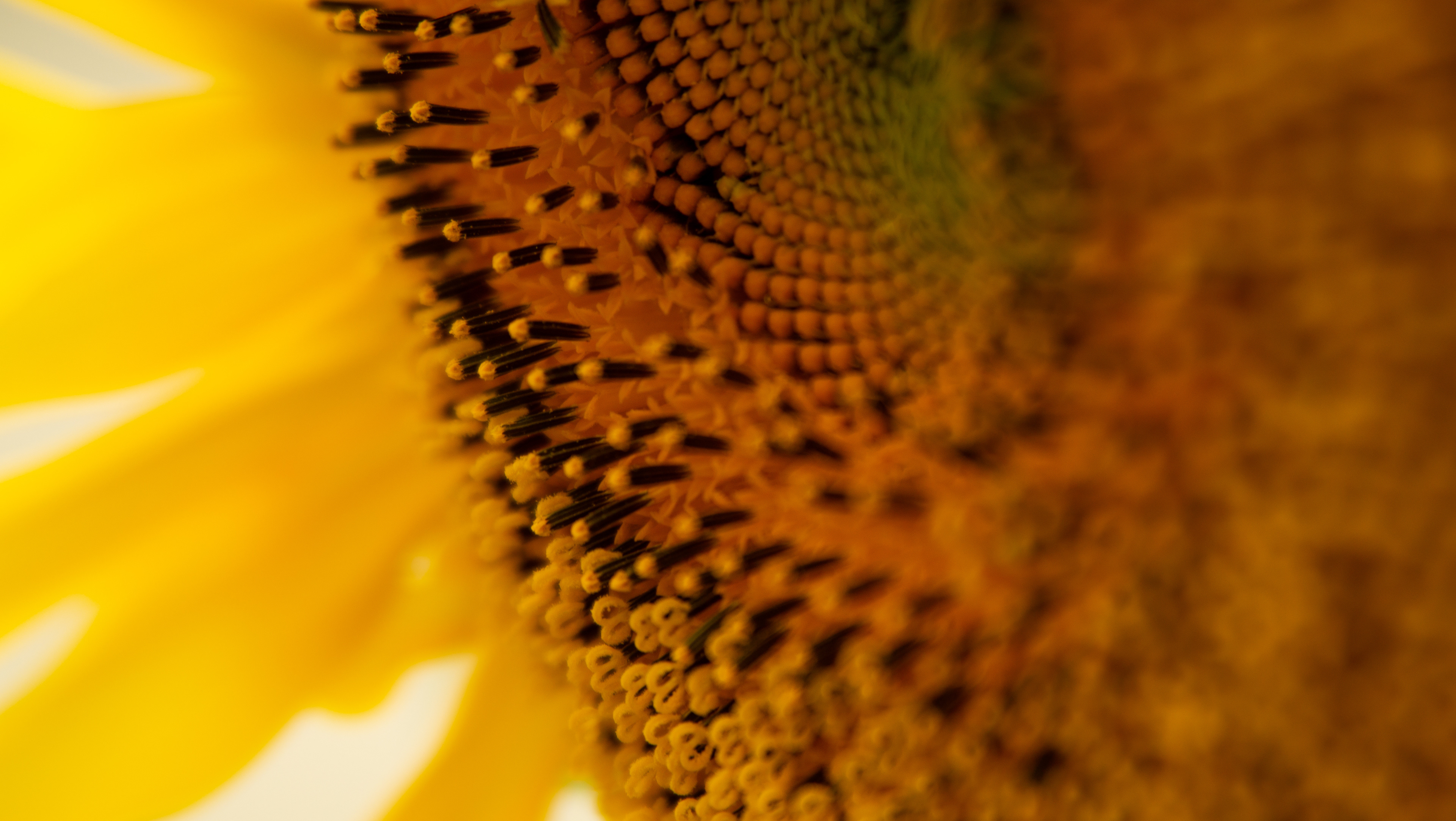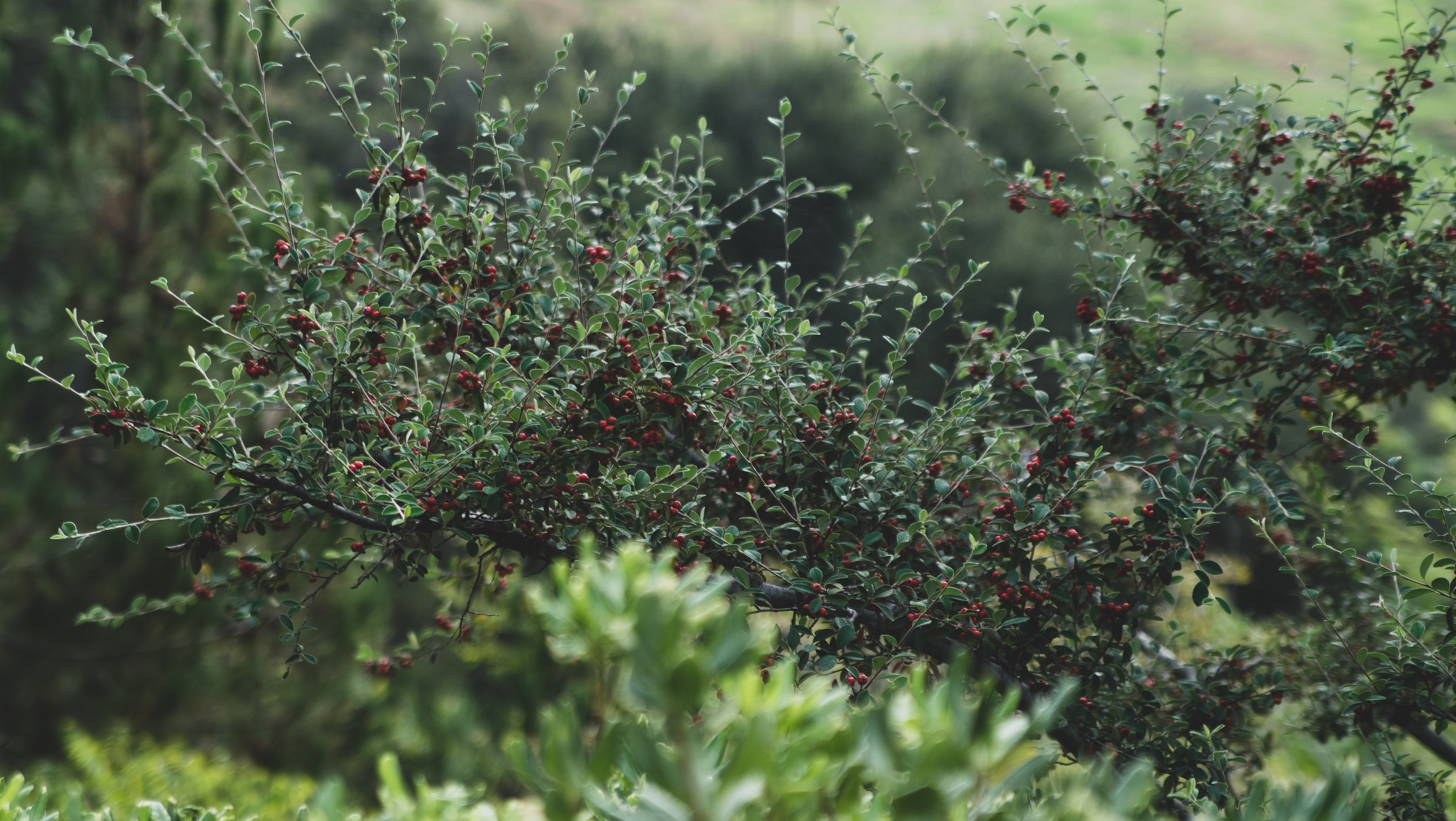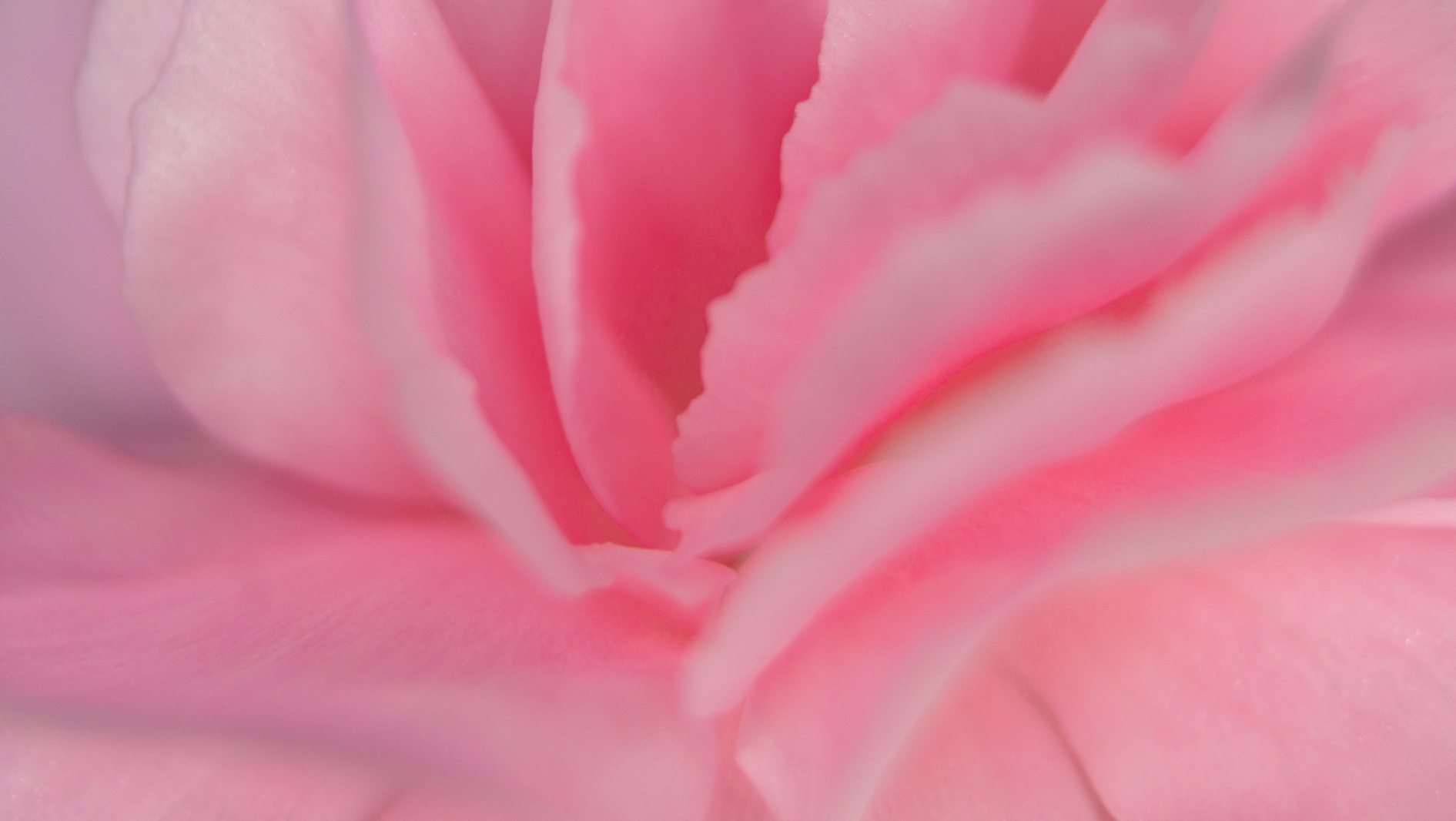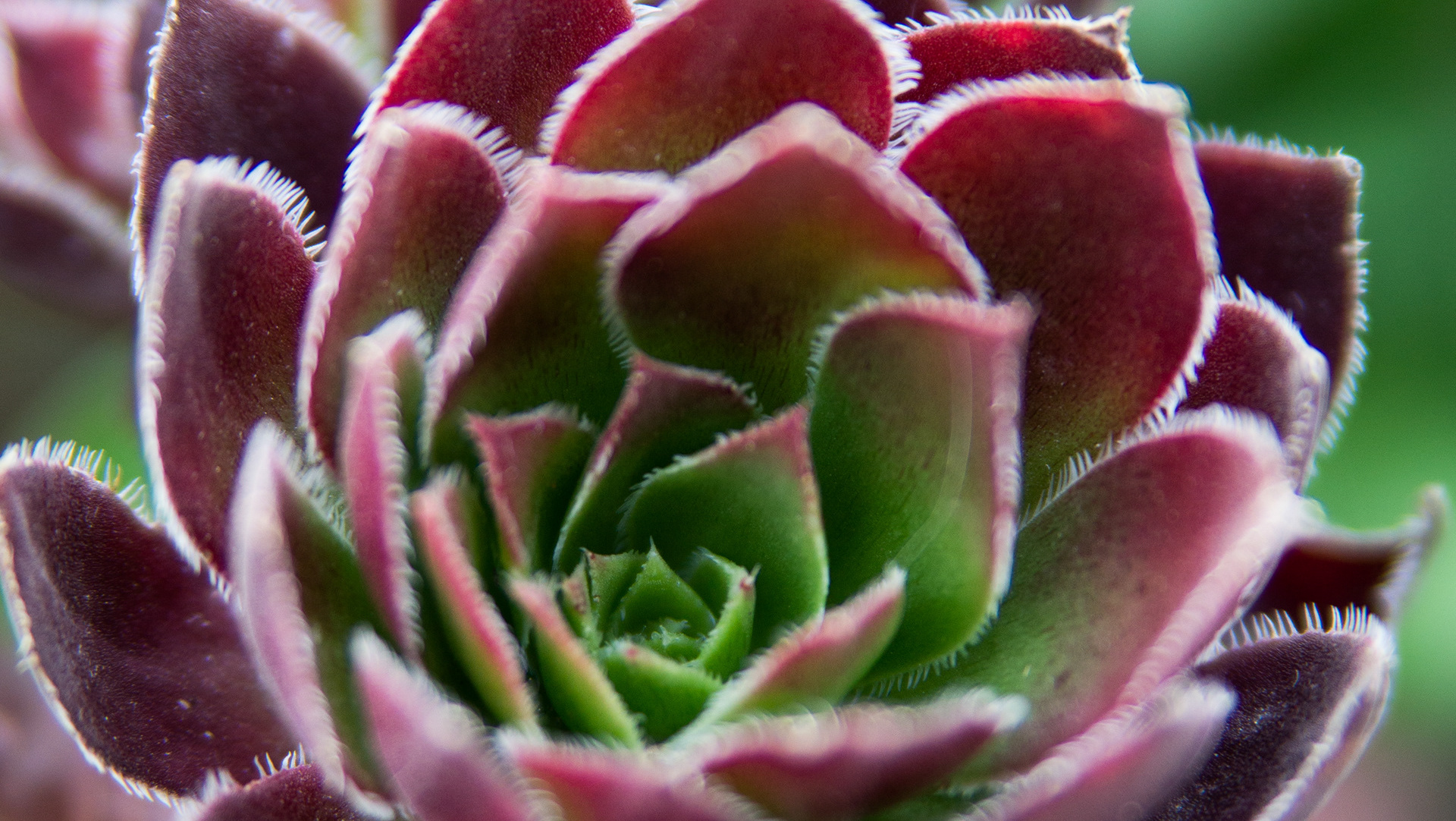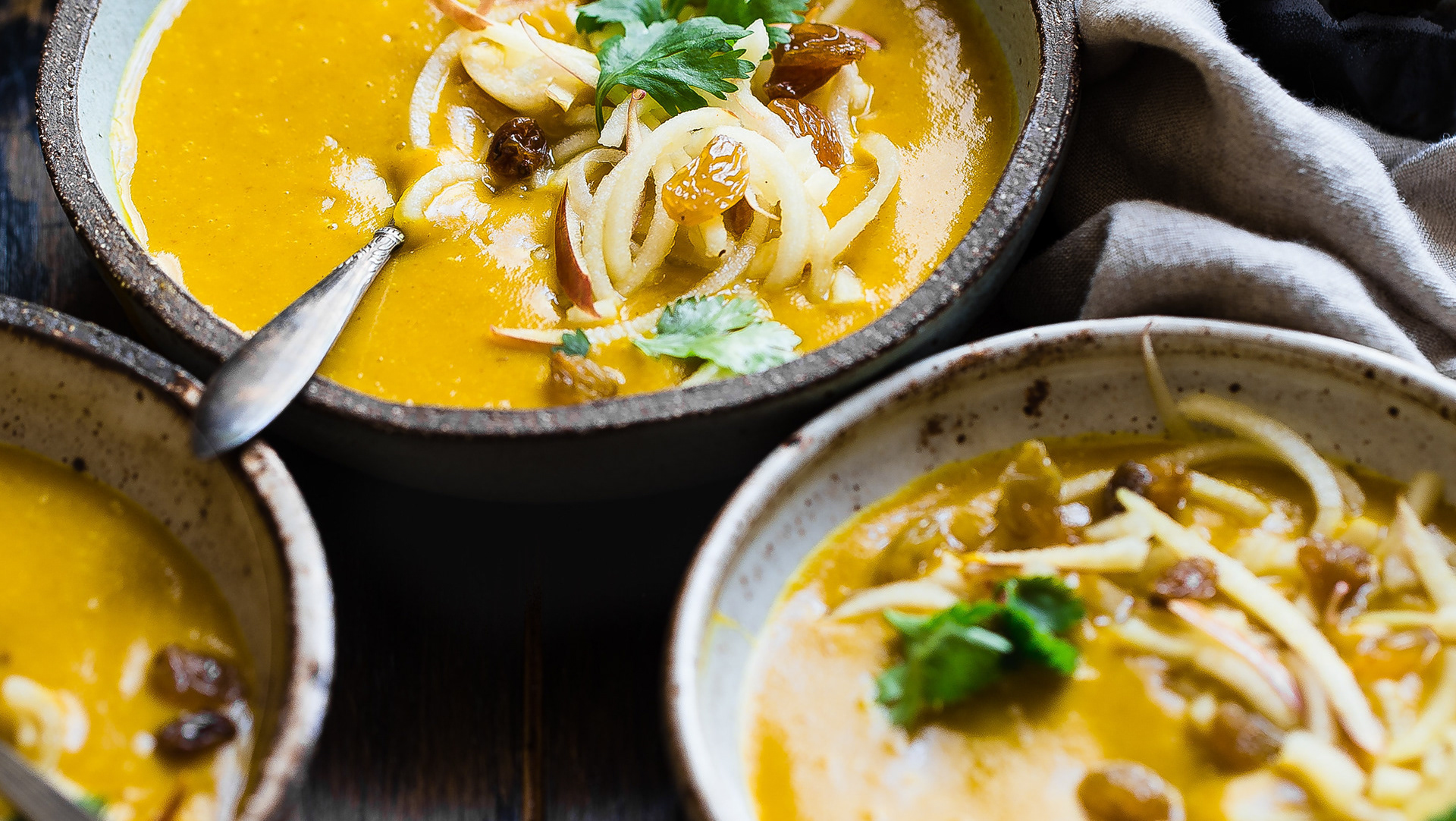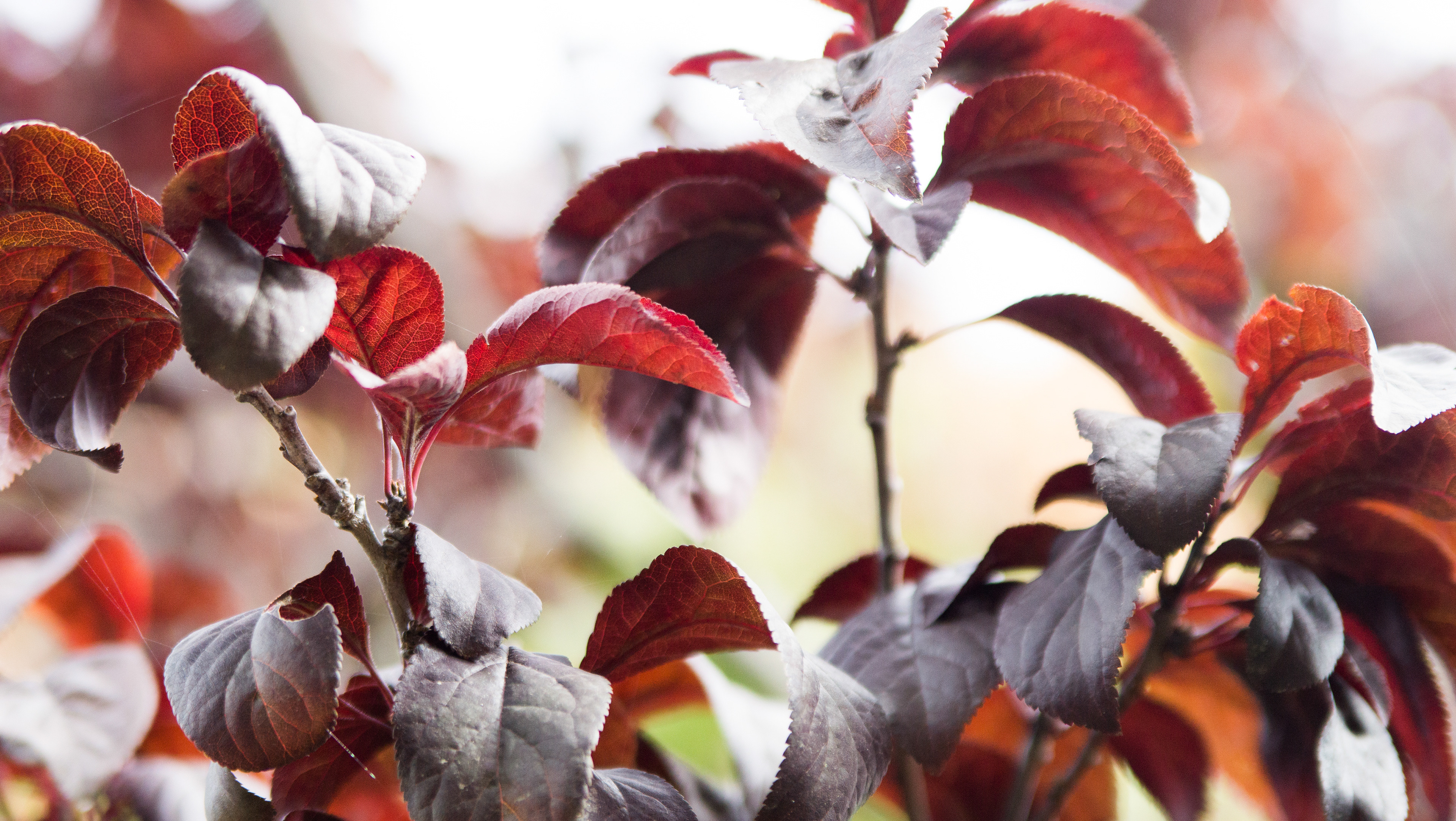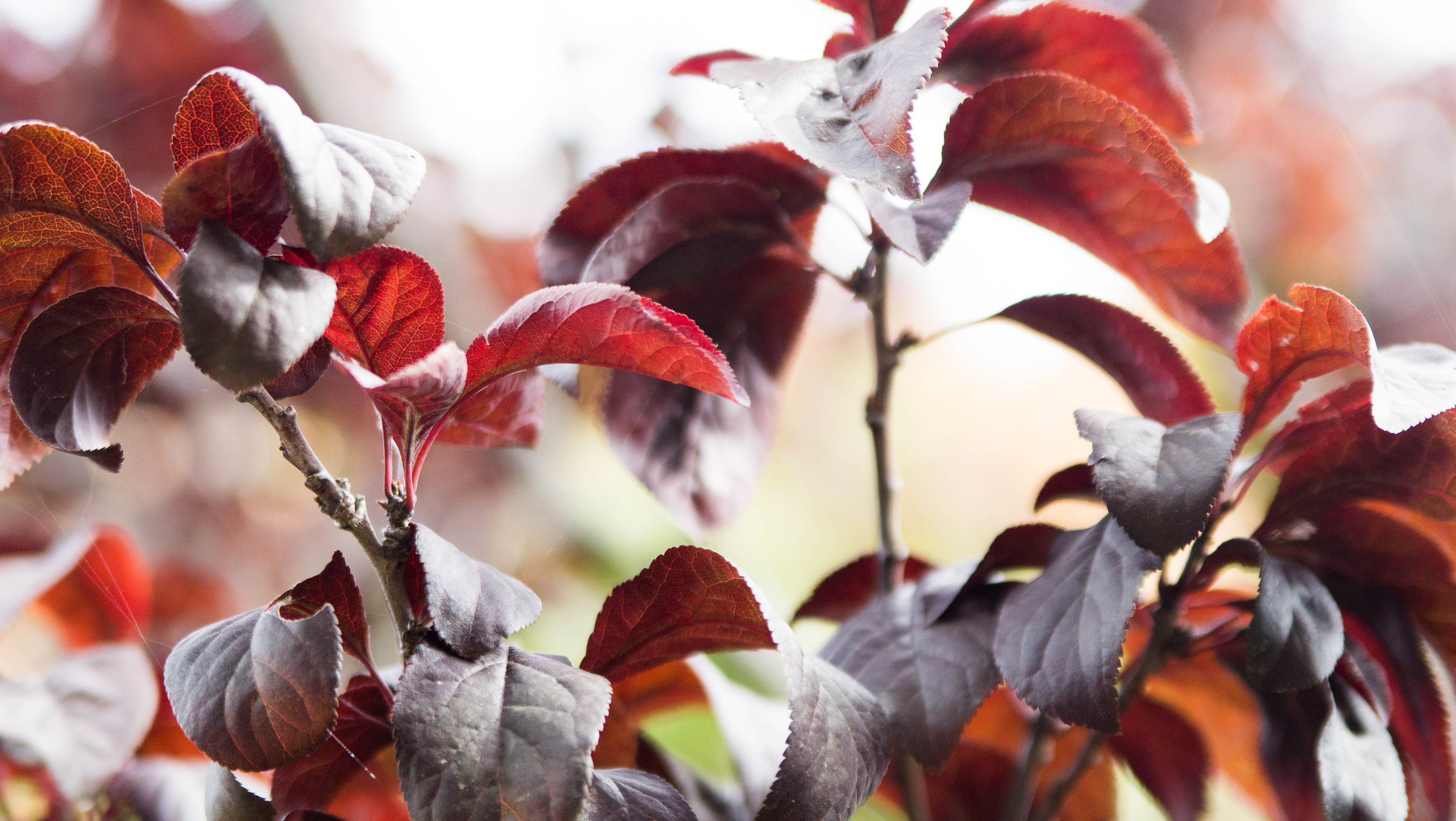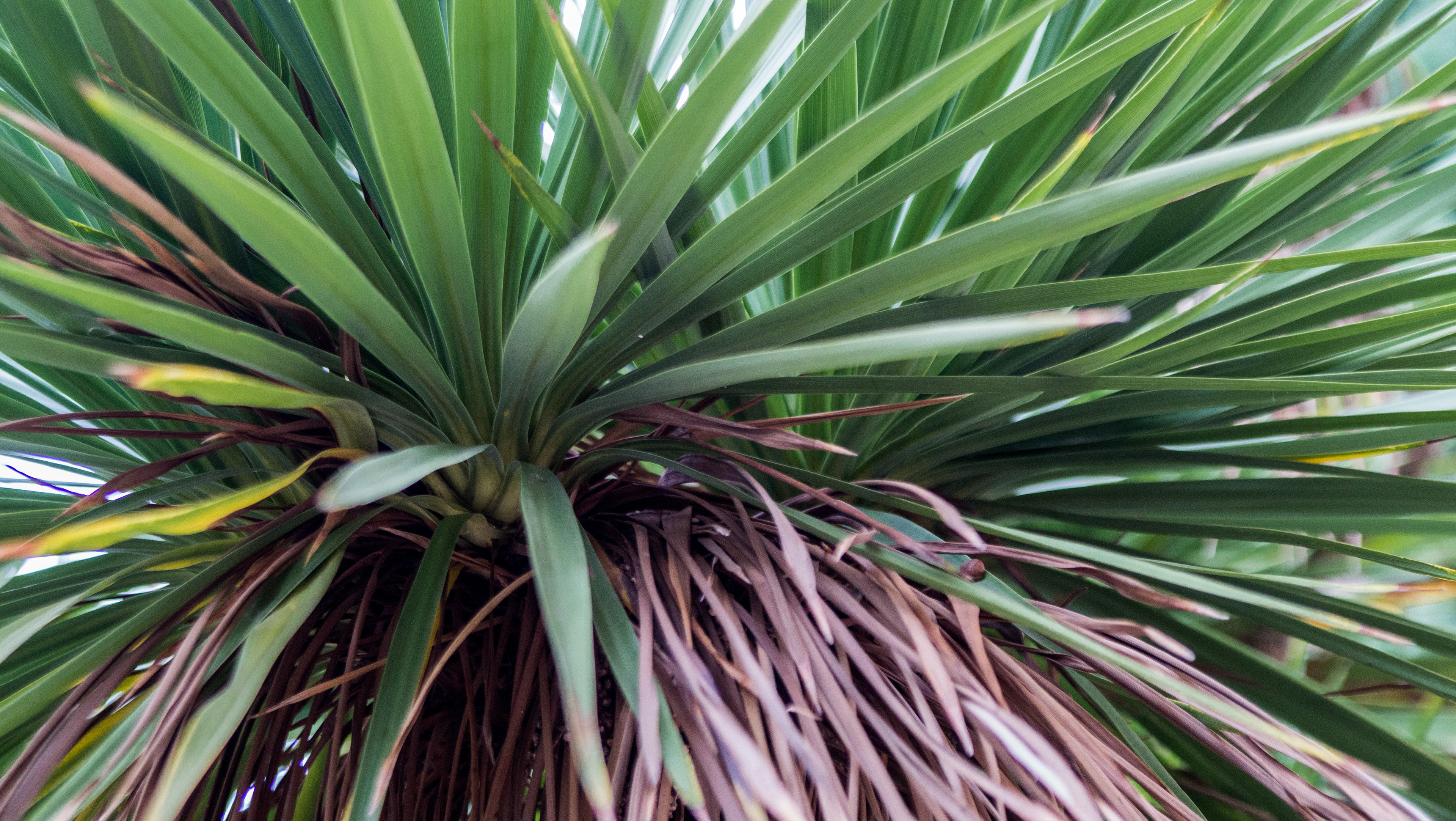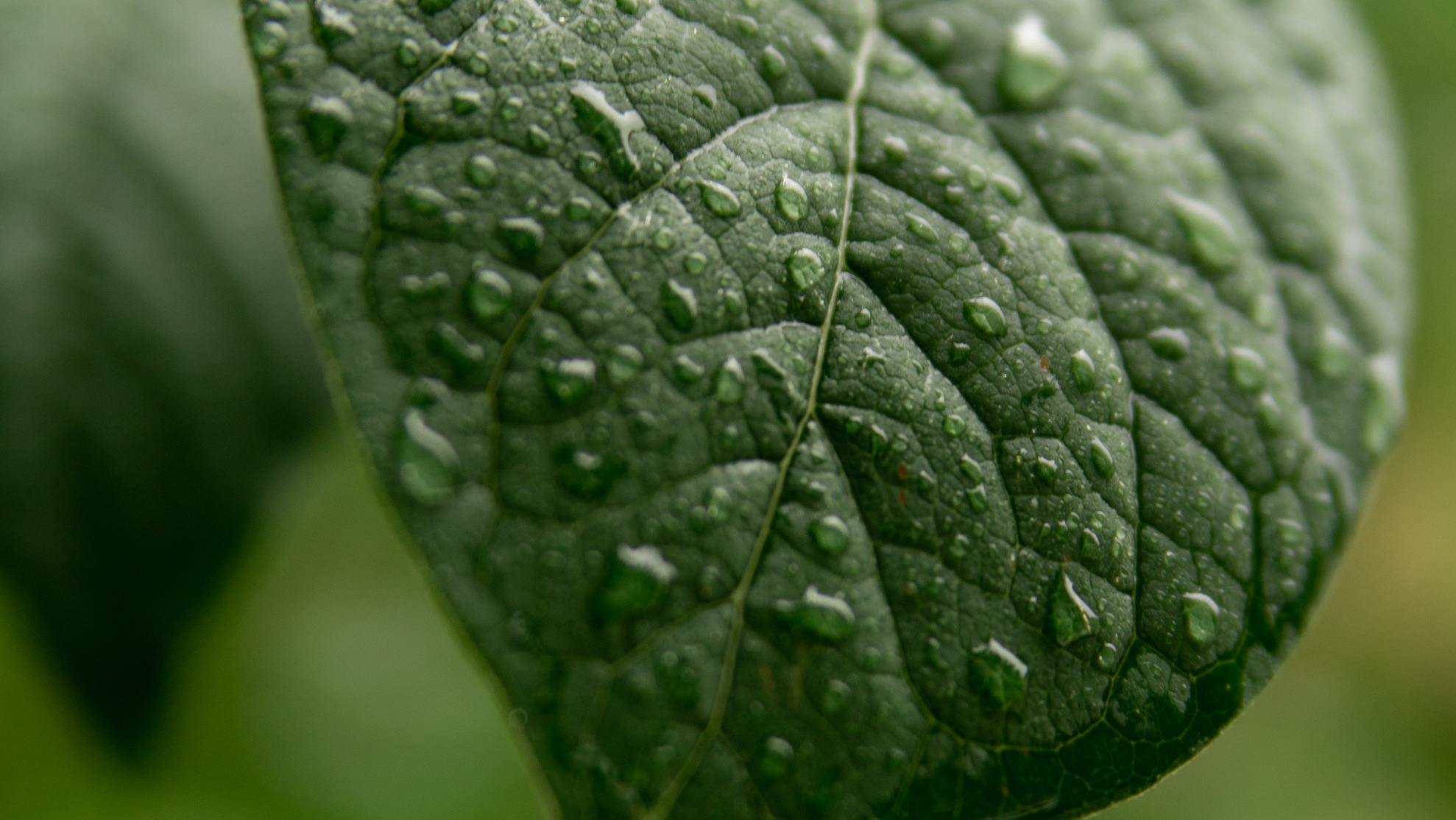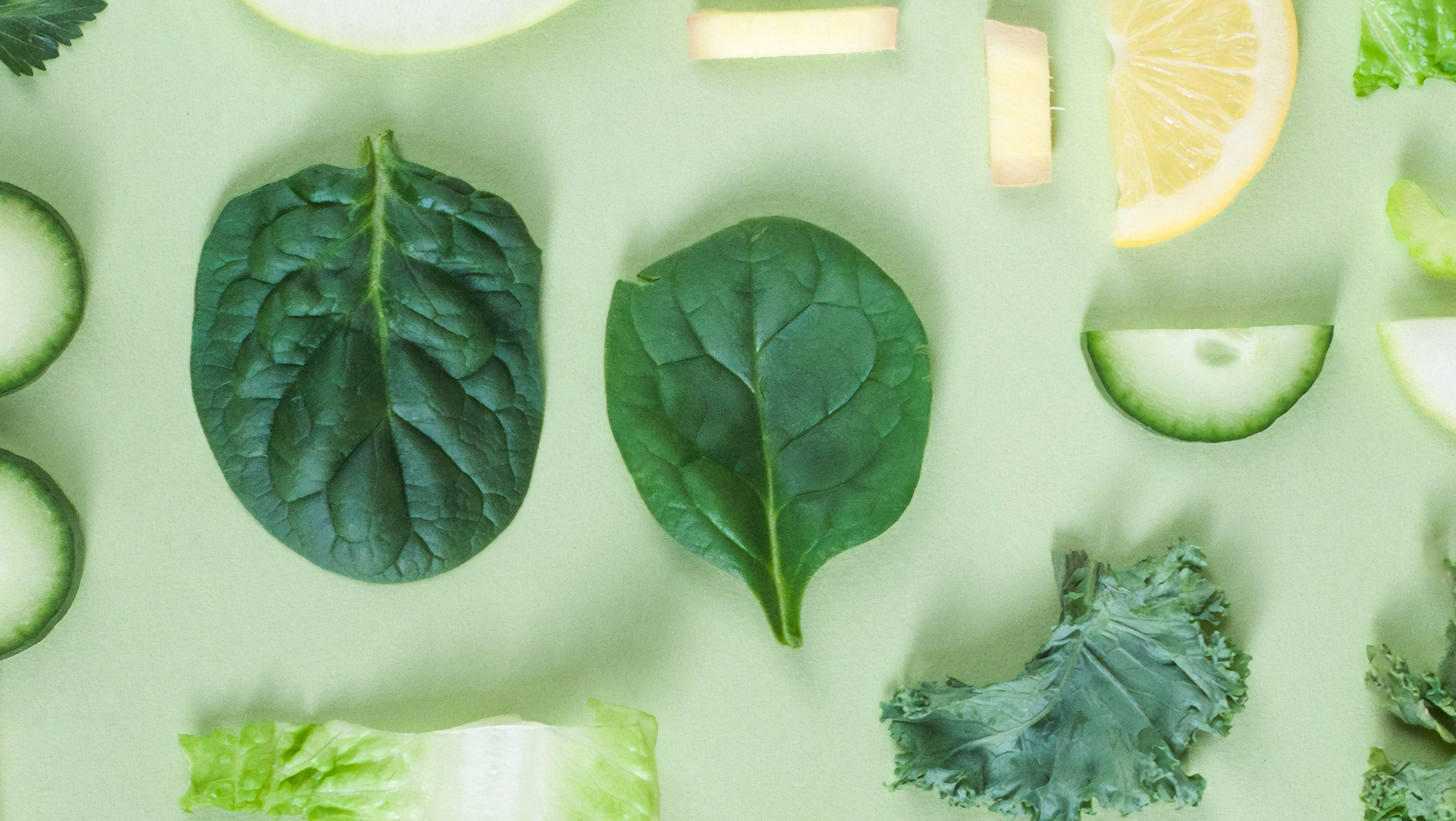Session 1 - Realigning with Nature
The day was Wednesday. It was officially meteorological fall, and I decided to enjoy the mild weather at the Mississippi Gorge Regional Park. The sun was shining, but the temperatures were enjoyable - not something that could be said about this Summer 2021. Around 25°C (that's 73°F), with some infrequent gusts of warm wind. It was time to go connect with Nature.
I didn’t actively try to align with nature until 2020. A cursed year, which surprisingly brought many positives into my life. I bought my first house, with my husband, in South Minneapolis. We have a small backyard. What a privilege to be able to get out and breathe some fresh air when everybody is on lockdown. That’s when I decided to realign with nature. I had been missing out. Nature was actually bringing me joy, and helping my mental health, giving me something healthy to do while not being able to leave the house. I started gardening. I started putting my hands in the dirt. The more time I spent outdoors, the more I felt reconnected. I was taking care of nature and in return Nature was taking care of me.
Fast forward a year. We are at the end of a very dry summer in Minnesota. I barely enjoyed the outdoors - it was too hot, we had watering restrictions, the chipmunks kept eating my sprouts. And I thought, "another one bites the dust"; I tend to get overly invested in a hobby and then reach a point where I loose all interest in it at all. But then, I start a Master’s Program in Sustainable Design, at MCAD. And for one of my classes, the assignment is to go sit in nature and be. Just that. Soaking it in.
My pragmatic self was having a hard time letting go; yet I finally did and I discovered so many things it rekindled my passion for Nature.
While realigning with Nature, I used my favorite sense: vision. As I opened my eyes, I was met with little specks of gold. The bees foraging around the goldenrod, backlit by the late afternoon sun.
insects collecting nectar on goldenrod (solidago)
I also got to observe the environment turn blue, when the sun hid behind the clouds. I laid on my belly and tried to look at the world from an ant's point of view. I counted holes on leaves. Sought out insects to observe.
However, the assignment was challenging us to use our other senses, and make a conscious effort to not use vision. This was a hard exercise for me, as most of my creativity is visual. As it turns out, Nature is a feast for all senses. From the most overwhelming sensation, to the softest sound, to the faintest odor.
Here are a couple of examples of sensations found in Nature that do not rely on vision.
Touching soft moss.
The sun warming up your face.
The sound of the wind rustling in the leaves.
The salty taste of sea foam.
The roughness of tree bark.
The resistance as you pull a weed.
The screaming of cicadas.
Petrichor (what it smells like after the rain).
The prick of a thistle.
The warm humid air as it enters your lungs.
The buzz of an insect flying by your ear.
The tickle of pollen in your nose.
The texture of dried mud on your hands.
The sting of the wind on your eyeballs.
The smell of wildflowers.
The thickness of the air before the storm.
The silence after a snowfall.
The bouncing sensation of stepping on fallen leaves.
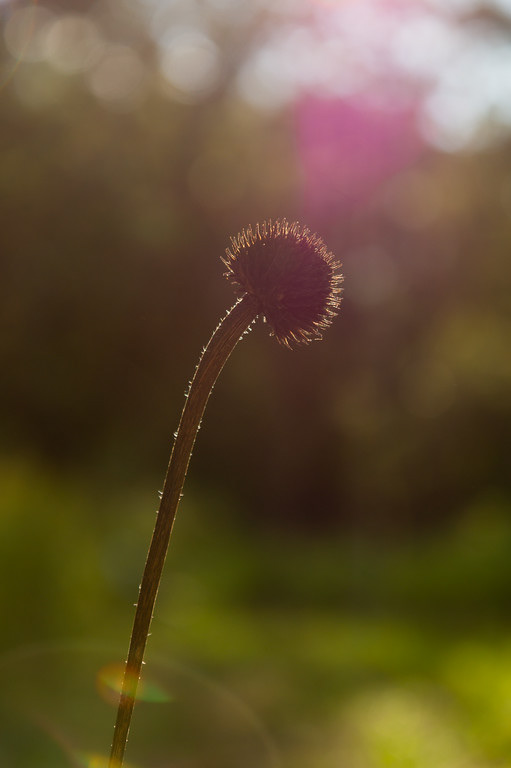
black-eyed susan seed pod

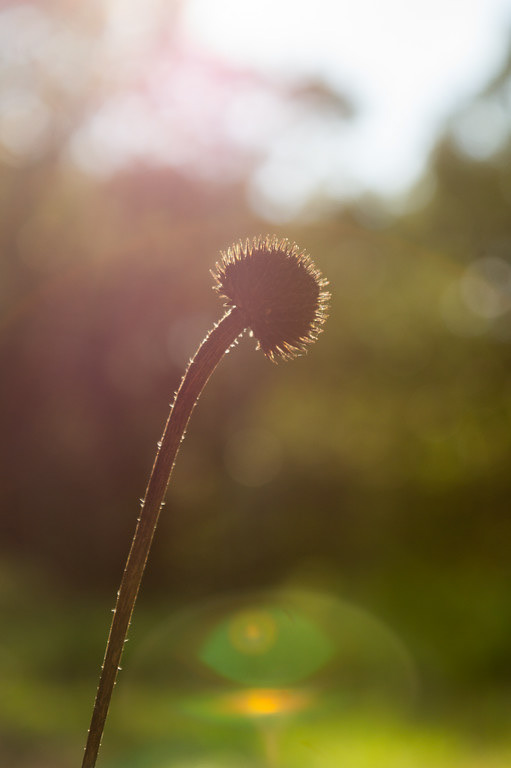
This first session helped me reconnect with my other senses. Being a photographer, I usually rely on my eyes to catch on something interesting to photograph. When you follow another sense, you might discover something you were not expecting, and in turn use it to become a better visual artist.
With this discovery of Nature through different senses, one learns to observe and understand Nature as it exists - seeing it as a model, and learning from its processes.
Noticing Nature and asking "why?" is the root of Biomimicry.
